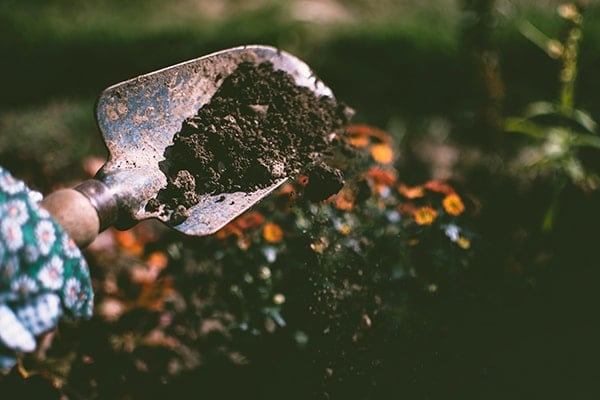
It seems the world of today is at unrest, partly due to environmental damage and climate change. While there are macro environmental issues that are beyond the control of the average person, there are opportunities on a micro level that individuals can take advantage of to not only help protect the environment as a whole, but also provide themselves with some of the best and freshest food possible.
Most people have the ability to garden sustainably in their own back garden with just a little bit of effort. Many gardeners have the larger environment as well as their own health and well being in mind when they choose to create a more sustainable garden. Utilising sustainable gardening practices can build a garden that can not only be eaten, but also enjoyed and admired. Sustainable garden practices help to reduce the environmental footprint by increasing the storage of carbon, reducing the emissions of greenhouse gases, and contributing to the biodiversity of plants and animals.
Sustainable gardening goes a long way towards leading a sustainable lifestyle. Chemical-free methods of gardening that are organic are inherently more sustainable for wildlife, human health, the soil, and the water supply. Sustainable gardening is more than simply the organic methods involved; it has to do with the conservation of water and energy and the reduction of waste. The following tips will help you create a more sustainable garden in your own back yard.
Saving Water and Conserving Energy Tips
- Vegetables picked from any garden must be cleaned. Save water by cleaning vegetables outdoors in something like an old laundry sink. The water (and the nutrients from the soil) that drains from the sink can be captured underneath with a bucket and then used in the garden to water the plants.
- Catching rainwater in barrels is a great way to conserve on using a hose to water the garden. To make a more sustainable garden make small ditches between the rows of plants. This will funnel water directly to the plants, thus reducing water waste.
- Another water conserving opportunity involves the use of mulch. Mulch can be store-bought, made of dead plant materials, chipped pieces of trees, or even downed pine cones.
- Instead of spending time, money, and energy on driving to the gym to use their exercise equipment, gardening can actually provide a bit of aerobic activity. Getting this sort of exercise in combination with eating from the sustainable garden can help keep a gardener in shape.
- Minimise the use of petrol-powered tools by weeding with a hoe or by hand. This will minimize the need for machine tilling.
- If possible, use a windmill to turn a generator, which in turn will create green electricity by powering batteries.
Other Tips for Creating a more Sustainable Garden:
- Store carbon in the soil that would otherwise be in the atmosphere by planting trees. Trees can also shield your home from heat in the summer, and allow the sun into the home in the winter.
- Grow organic food for your own consumption. The food will save water and fossil fuels by reducing the distance your food has to travel before it reaches your plate.
- Composting is an important element of any sustainable gardening process. Composting reduces the amount of material that is eventually placed into landfills; while at the same time provides your sustainable garden with natural nutrients for the plants.
- Use compost to help feed plants, while getting worms and other good insects to work for the benefit of the garden. This is the alternative to using bug spray or synthetic fertiliser.
- Use renewable resources in the sustainable garden. It is easy to check the sources of all gardening materials to ensure they are manufactured of renewable resources; this includes things like pavers, sleepers, and mulch.
Essential Tools for a Sustainable Garden
- Worms help plants thrive because they produce a by-product called castings or vermicasts. These by-products from worms attract microorganisms like good bacteria and fungi. Either attract earthworms to your soil or buy or build a worm farm.
- As mentioned above, composting is a very important aspect of a sustainable garden. Creating a compost heap or having a composting bin is an ideal way to utilise vegetable waste trimmings and even some other plant and garden waste. The compost becomes a delightful humus to replenish the soil with the necessary nutrients to supply the plants.
- As mentioned above, there are insects that are good for a sustainable garden. Create an insectary with a garden plot or a series of pots that have about seven different types of plant species of different heights. Various beneficial bugs will be then be attracted to the sustainable garden. Some candidates for these plants include coriander, dill, and parsley.
Even the person with a limited amount of space can create a sustainable garden. Many people living in a modern living environment can create the sustainable garden in a small space. This can be accomplished by simply growing thing like beans, peas, or even cucumbers on a trellis or in decorative pots on a tripod. They can plant dwarf fruit trees or grow herbs and cherry tomatoes in hanging baskets. No matter the situation, sustainable gardening is something that everyone can do to provide fresh food and to help protect the environment at the same time.





